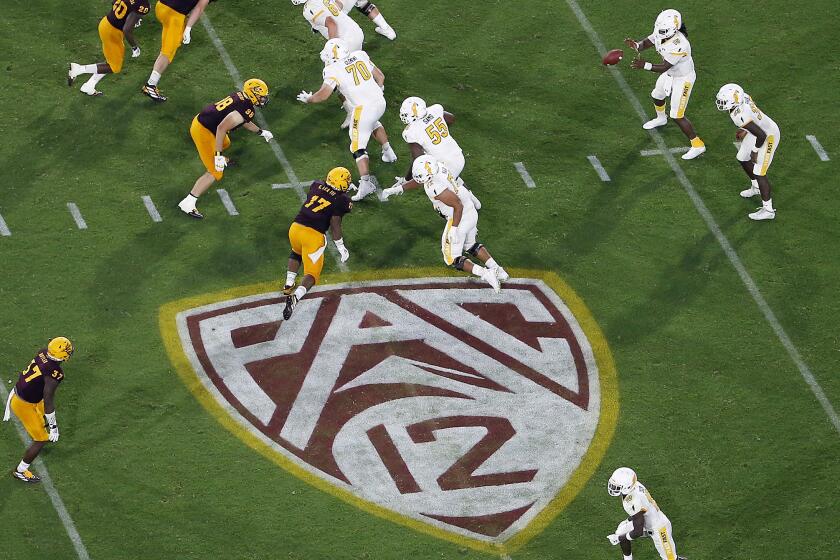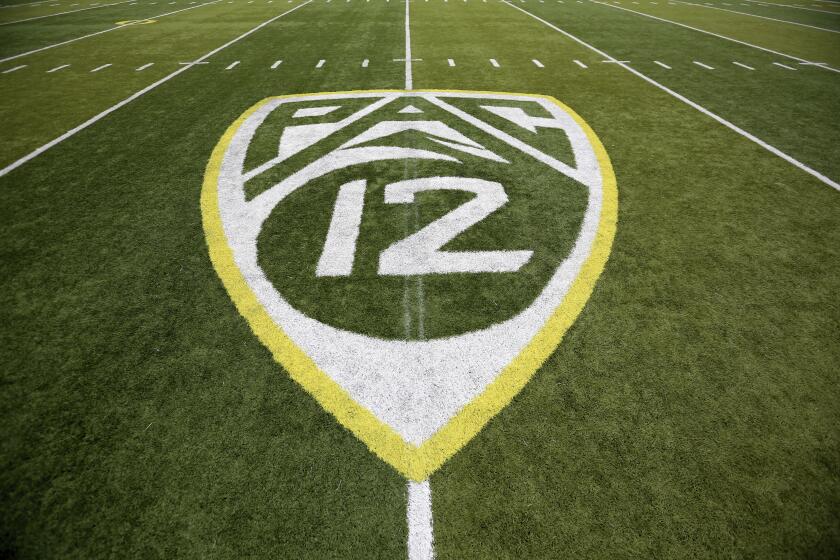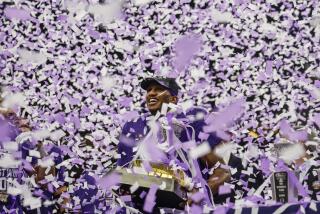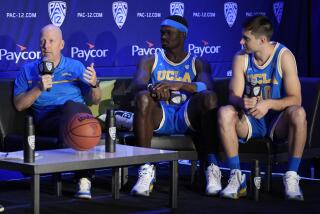The fate of the Pac-12 football season will be decided Thursday
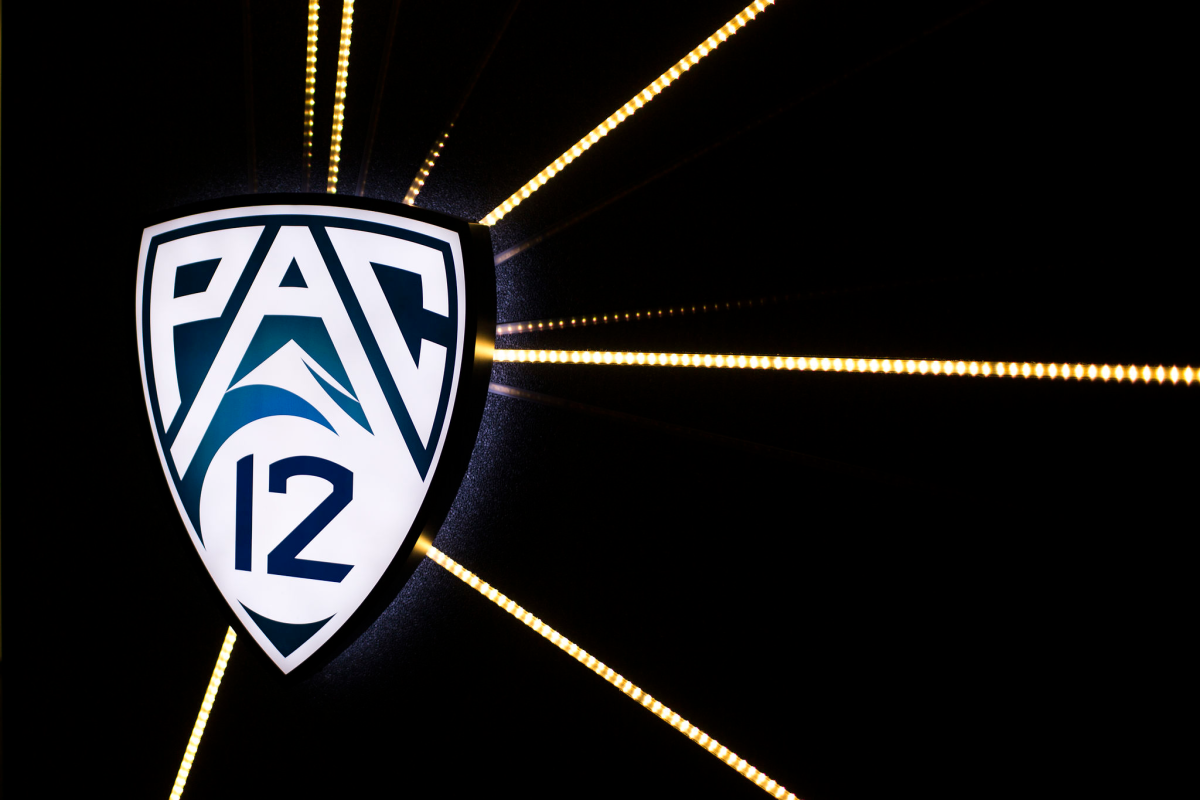
- Share via
Are you (finally) ready for some football?
That’s the question that will confront the Pac-12 Conference presidents and chancellors on Thursday when they vote to decide the fate of a fall football season that’s already been twice delayed by the COVID-19 pandemic.
UCLA’s official football Twitter feed might have spoken for the rest of the conference Wednesday afternoon when it posted photos of players working out along with the caption “Just say when.”
Every Bruin expected to play this season has returned to campus for expanded workouts that have involved handoffs and passes since Gov. Gavin Newsom vowed last week not to stand in the way of a football season. A UCLA spokesperson said the state-mandated player limits for workouts have not been lifted, which a spokesperson for the California Department of Public Health confirmed by forwarding a list of restrictions that would make 11-on-11 practices impossible.
“Our guidelines for practice were developed ... to minimize the potential for physical contact. …
“The 6-12 person cohorts allow for a range of collegiate sports teams to both condition and practice.”
The lack of movement on the state guidelines could result in the Pac-12 bigwigs announcing a restart with the caveat of all public health restrictions being lifted.
Players have been working out 12 hours a week while waiting for clearance to nearly double that workload before commencing training camp 30 days before the season opener.
Universities must remember that the decision to play college football games amid the COVID-19 pandemic amounts to what is a public health issue.
Across town, USC has received the rapid-testing machines that allowed players to dream once more about a fall season. Both the Trojans and the Bruins have been able to move back inside their weight rooms over the last week.
The Pac-12 has been the final holdout among college football’s major conferences, failing to go where every other major conference besides the Big Ten has gone before. The Big Ten finally got there last week, agreeing to stage a season after enduring more histrionics than a soap opera.
The biggest issue facing Pac-12 leaders may not be whether to play but when to start. A Halloween kickoff that has been proposed as the earliest possible kickoff might be too soon for Stanford and California, which are trying to clear local public health hurdles. Some Pac-12 schools haven’t had their players on campus until recently with their seasons in limbo.
When the Pac-12 postponed football season for a second time last month, conference medical officials cited three reasons: rampant spread of the novel coronavirus in the schools’ geographic footprint; a potential link between the virus and myocarditis, an inflammation of the heart that can result in arrhythmia, cardiac arrest and death; and insufficient testing capacity.
Two of the three problems have been solved. Viral positivity rates and numbers of new reported cases have fallen in recent weeks on much of the West Coast. Perhaps more important, testing capacity will be robust thanks to a partnership with Quidel Corp., a diagnostic health care manufacturer that has agreed to supply Pac-12 teams with rapid viral tests before the end of the month.
That leaves the myocarditis dilemma, one that’s probably not insurmountable. When the Big Ten announced last week that it was resuming football, it said it would require enhanced cardiac screening designed to protect players. The Pac-12 would likely unveil something similar as part of any return to play scenario.
Dr. Brian Hainline, the NCAA’s chief medical officer, said last month that he was aware of about 12 cases of myocarditis among college athletes. But two high-profile cases have heightened concerns about heart issues. Boston Red Sox pitcher Eduardo Rodriguez is sitting out the season after contracting the virus and developing myocarditis, and the mother of Indiana offensive lineman Brady Feeney composed an impassioned social media post detailing her son’s “14 days of hell” because of heart problems related to COVID-19.
“It’s remained a concern that there are cardiovascular effects and there’s a lot of signal that there may be an impact, but as to how significant the impact may be, we’re still trying to understand that,” Dr. Jeffrey Hsu, a UCLA sports cardiologist, recently told The Times. “These are areas of active investigation and we have the whole world looking into it right now.”
Pac-12 presidents and chancellors intend to meet Thursday to determine whether the football season will begin before Jan. 1.
Keeping players safe may not be as easy as designing detailed protocols. The National College Players Assn. on Tuesday sent a letter to NCAA president Mark Emmert calling for an investigation into what it described as “widespread noncompliance” with safety measures among college coaches and athletic staff. The failure to comply with the guidelines was revealed in a recent survey of athletic trainers.
Should the Pac-12 presidents and chancellors vote to start football season on Nov. 7, they could clear the way for as many as six games before a conference championship on the weekend of Dec. 18. That would leave the Pac-12 with fewer games played than its major-conference counterparts, potentially precluding the selection of a Pac-12 team for the College Football Playoff.
At the very least, the Pac-12 would have salvaged a fall season that once looked unlikely.
Times staff writer Ryan Kartje contributed to this report.
More to Read
Go beyond the scoreboard
Get the latest on L.A.'s teams in the daily Sports Report newsletter.
You may occasionally receive promotional content from the Los Angeles Times.

